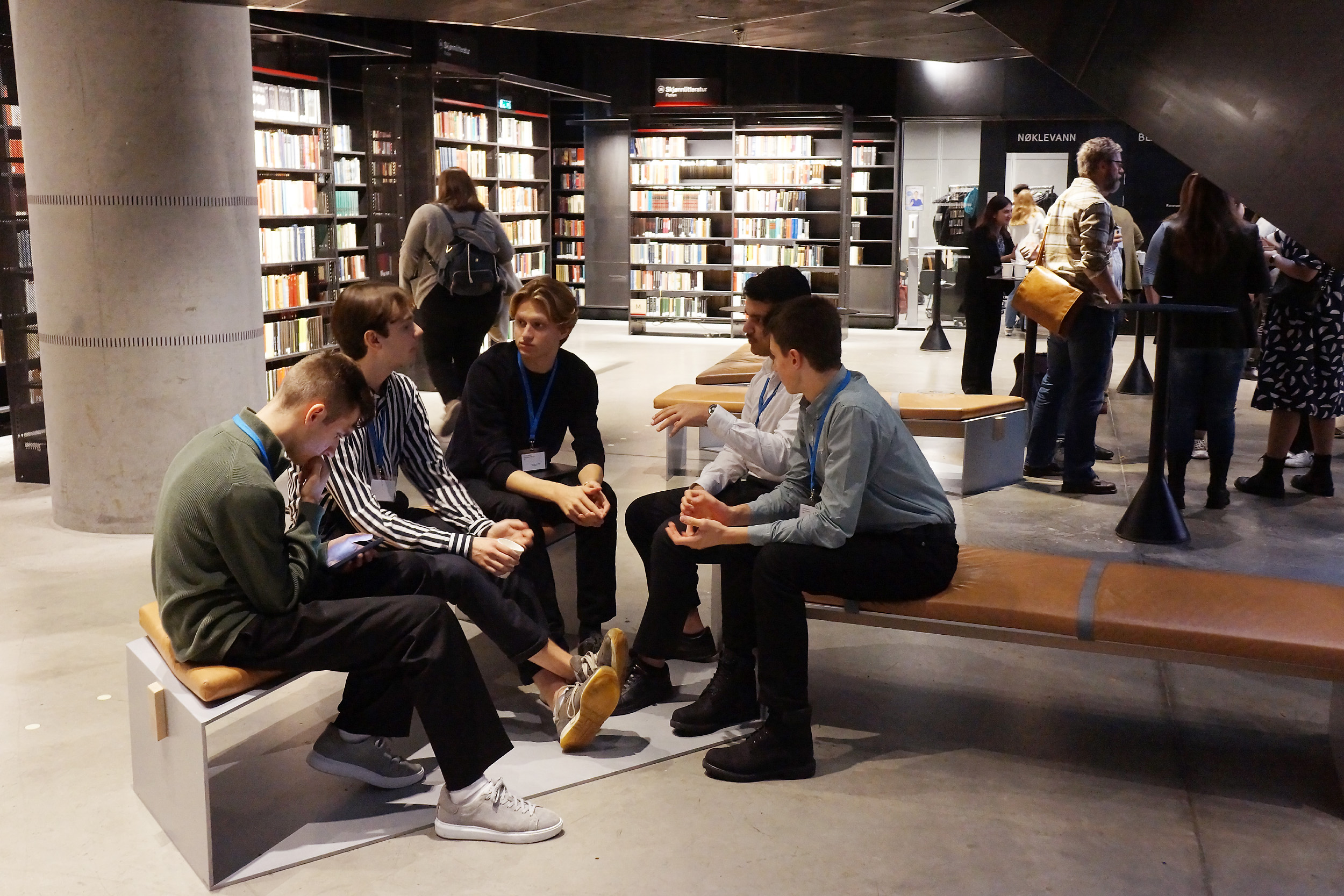Recommendations on the quality of participation in times of crises
The nine principles for meaningful participation developed by the UN Committee on the Rights of the Child are a minimum in all conversations with children and youth during a crisis.
Involve children and youth before, rather than after, decisions are made: In situations in which decisions need to be taken quickly, engaging children and youth in a decision-making process without preparations and at a short notice can be acceptable since this makes it possible to consult children and youth before important decisions are made.
Be open and transparent: A crisis might require new or different participatory processes and choice of methods. Communication and an open conversation about the design of the process is key.
Ensure diversity and inclusion: Children and youth are a heterogenous group, and it is therefore important to consult and cooperate with a diverse group of children and youth. A crisis is no excuse for not including all groups.
Do not promise too much: It is important that decision makers do not make promises they cannot keep during consultations with children and youth. If there are constraints – for example, in terms of resources – these should be known and communicated before the consultation starts. It is important to keep any promises that are made.
Let children and youth know how their input was used: Decision makers should always tell children and youth how their input was taken into account in their decisions.
“Often they listen to us but then they don’t do what they say that they will do. They say they agree that this is a big problem and say that they will do something but then two years later, nothing has happened and they have forgotten about it.” (Filip Godlewski, Youth Council in Vantaa, Finland)

Background and analysis
Many of the success factors for child and youth participation at the local level are the same, regardless of whether there is a crisis. The structures and measures that need to be in place, as well as the nine principles for meaningful participation developed by the UN Committee on the Rights of the Child. However, in some cases, the pace of the process and the trade-offs will require a different approach during a crisis.
During a non-crisis, decision makers should gather the available knowledge and information before children and youth are consulted in order to identify where there is a lack of information and knowledge. In this way, the conversations will focus on the most relevant issues.
However, it should be noted that a crisis is characterised by a high level of uncertainty in which decisions must often be made rapidly with insufficient information at hand. This means that the goals for participation may have to be modified. Rather than trying to engage in well-prepared consultations, it may be more relevant to invite children and youth to less optimal forms of participation before major decisions are made. This should be clearly communicated to the participants, and also be specified in the process documentation.
Having said that, a crisis cannot be used as an excuse for conducting participatory processes that are harmful or risk being harmful to the participating children and youth. The decision makers must ensure that the consultations are safe and sensitive to risk.
“It’s a fine balance between finding a way to on the one side be effective with your dealing with the crisis but also encourage people to give feedback and hopefully make that work and to make a difference. If people feel that they are speaking to a void they will stop speaking eventually.” (Jesper Strøm, Network of Youth Councils, Denmark)
This can be a challenge, and sometimes the concern that a participation process will not succeed is used as an excuse for not involving children and youth in decision-making at all. It can also be used as an excuse for excluding children from certain groups. Nevertheless, however important it is to be sensitive to risk, participation is a right. It is the responsibility of the decision makers to ensure that a child or young person is protected in the process rather than protecting vulnerable children and youth from the process.
Clear and honest communication with participants is key to managing their expectations and making them clearly aware of the level of influence they will have from the outset. By being conscious of the potential risks and sensitive in the choice of method, it is also possible to involve children and youth in safe and meaningful participation processes during a crisis.